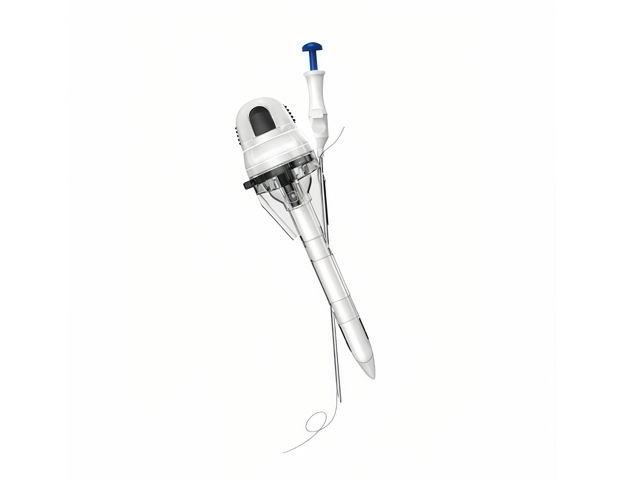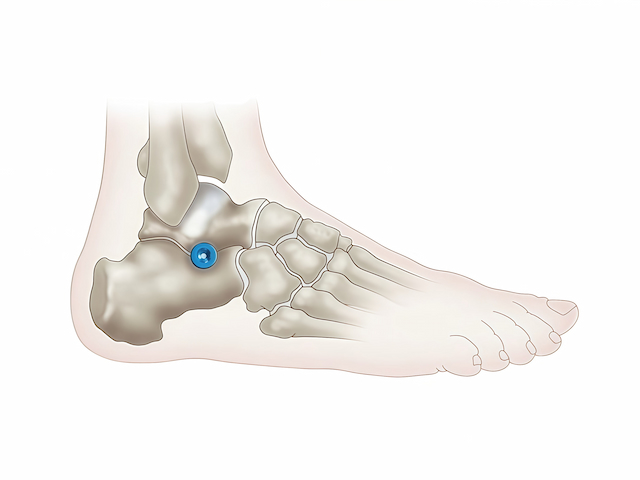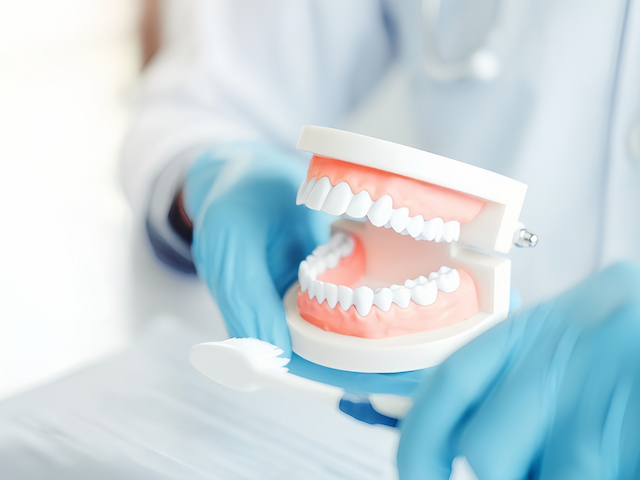Aug 18, 2024
What is an anchorage mini-implant?
The anchorage mini-implant, also known as a micro-screw implant or bone anchor, can be simply understood as a means or device that serves as a fixed point for orthodontic forces.
In conventional orthodontic treatments, such as wearing braces, the fulcrum for orthodontic forces is provided by other more robust teeth, which generate traction to move the teeth that need to be shifted to their designated positions.
This process is akin to a tug-of-war; without a significant difference in strength, it's generally a situation of you advance and I retreat, I advance and you retreat, a contest of tenacity and endurance.
Even the most robust teeth can be at risk of being dragged forward, which is, of course, a major taboo in orthodontic processes. Perfection-seeking dentists absolutely cannot tolerate such situations that affect the effect of teeth retraction.
The emergence of anchorage mini-implants has effectively addressed the aforementioned issues. They can be fixed within the bone tissue, providing absolute anchorage. When applying traction to misaligned teeth, they can better control the movement of the teeth, in which direction they should move, and how much they should move.
Do all orthodontic treatments require anchorage mini-implants?
Of course not. Anchorage mini-implants are particularly effective for patients with severe skeletal deformities. If your correction involves the following situations, then the power of bone anchors will be needed.
1. Patients with protruding teeth: Those who need to improve the facial protrusion issue. By placing anchorage mini-implants, the protruding front teeth can be retracted, thereby maximizing the improvement of protrusion and improving the side profile.
2. Lowering upper and lower front teeth: With the help of anchorage mini-implants between the roots of the upper and lower front teeth, conditions such as uncoordinated lip-tooth relationships, gummy smiles, deep overbites, and underbites, caused by excessive eruption of upper and lower front teeth, can be improved by directly applying pressure to the anterior archwire through a chain loop, which is a simple and effective method.
3. When there are frequent issues with posterior teeth: When a posterior tooth is missing on one side, making it difficult to control the midline, anchorage mini-implants can be used; when posterior teeth are obstructing growth, anchorage mini-implants can also be used to straighten the tilted posterior teeth.
Many patients have insufficient understanding of anchorage mini-implants and have many doubts. Now let's address the common questions to alleviate your fears about getting anchorage mini-implants:
9 Questions About Anchorage Mini-Implants
1. What is the use of anchorage mini-implants?
Tooth movement is the result of the interaction between force and counterforce. The role of anchorage mini-implants is to resist the counterforce in place of teeth, providing a stable force for the teeth that need to be moved while avoiding unnecessary movement of other teeth.
2. What material are anchorage mini-implants made of?
Can they cause allergies? Anchorage mini-implants are generally made of pure titanium, titanium alloy, or stainless steel. They are required to have good biocompatibility and sufficient hardness to prevent the bone anchor from breaking during insertion. Before entering clinical use, they must first undergo biocompatibility testing and then clinical trials. Therefore, they do not cause allergic reactions.
3. Are there any risks with anchorage mini-implants?
The procedure for placing anchorage mini-implants generally involves disinfection, local anesthesia injection, and finally, the implantation of the mini-implant. The anesthesia is a local anesthetic, so there is no risk involved.
4. Does getting an anchorage mini-implant hurt?
Local anesthesia is required before placing an anchorage mini-implant, so there is no pain. After the effect of the anesthetic wears off, there may be local pain and discomfort. If the pain is severe, you can take painkillers as prescribed by a doctor, and it usually takes about three days to fully recover.
5. Where are anchorage mini-implants usually placed?
The placement of anchorage mini-implants needs to be coordinated with individual correction plans and varies from person to person. Whether it's the posterior or anterior tooth area, they are usually implanted between two teeth, avoiding the tooth roots. Special locations may also be chosen according to actual needs, such as the external oblique line of the mandible.
6. How should anchorage mini-implants be cared for?
When brushing your teeth, you can gently brush the anchorage mini-implant a few times to clean the food debris around it, or you can use a water flosser to rinse it. However, it is important not to use a vibrating electric toothbrush to clean the anchorage mini-implant to avoid loosening it.
7. Can anchorage mini-implants become loose?
What if they do? Anchorage mini-implants can become loose, for example, if food debris around the anchorage mini-implant is not cleaned, causing inflammation, the anchorage mini-implant will become loose. If it becomes loose, the anchorage mini-implant needs to be removed, disinfected, and replaced in a new position or re-implanted after the alveolar bone has recovered.
8. When should anchorage mini-implants be removed?
When anchorage mini-implants are no longer needed, they can be removed.
9. Will there be a wound after the anchorage mini-implant is removed?
Yes, there will be, but it will usually heal automatically within three to five days, so there is no need to worry.
Read More





